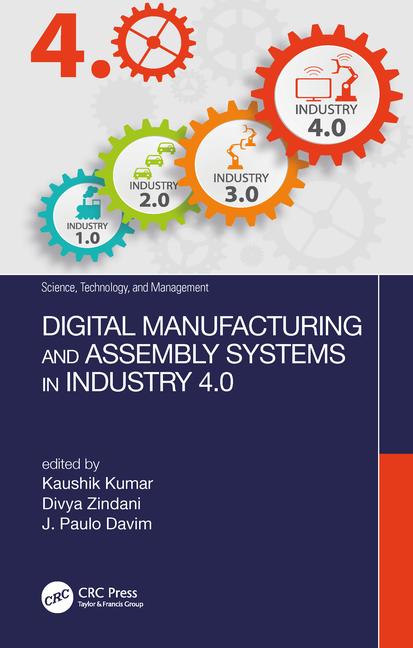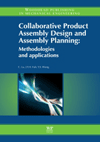
Daimler AG uses the LWR to assemble rear-axle transmissions at its Mercedes-Benz plant in Untertürkheim, Germany. Photo courtesy www.ifr.org
Daimler was impressed by the robot-which, for the first time, gave Daimler the ability to automate assembly tasks that had either previously been impossible to automate or could only be automated at a very high cost. Not surprisingly, Daimler began using the LWR in series production of rear-axle transmissions at the plant as of December 2009.
“Our assessment of the LWR pilot project is extremely positive, and we are optimistic that we will be able to use lightweight robots for other tasks in the future,” says Dr. Michael Zürn, head of production and materials application technology at Mercedes-Benz.
Co-developed by the German Aerospace Center and KUKA Roboter GmbH, the LWR offers motion sequences that are similar to those of the human arm. The joints of the lightweight robot (weighing just 14 kilograms) are connected using carbon fiber-reinforced plastic structures, and its remaining components are optimized for weight. The LWR also is very energy-efficient.
Built-in sensitivity, achieved by means of integrated sensors, enable the LWR to perform demanding assembly tasks that require precision and a sensitive but powerful touch.
More importantly, the LWR has cognitive capabilities that enable the robot to operate independently beyond what it is programmed to do-and share workspace with humans.
By integrating the LWR with a PC-based KUKA robot controller, the operator can manually guide the robot to different positions in the workspace and control and teach it using a simple user interface. Cognitive automation is particularly useful for production applications that, before now, were strictly manual or could only be automated using technically complex methods.
KUKA has long been concerned with the topic of human-robot cooperation, says Manfred Gundel, company CEO. “We want to establish the robot as an intelligent assistant that can support the human operator with its high-quality work.”
Although the LWR is programmed to perform automatically, it approaches objects carefully and adjusts to changed conditions. For example, if a workpiece is not optimally positioned, the robot adjusts its motion sequence accordingly. In contrast, a conventional robot that operates precisely according to what it has been programmed to do, would have to be corrected by an operator in such situations.
For more information on sensitive-touch robots, call 866-873-5852 or visit www.kuka-robotics.com.






